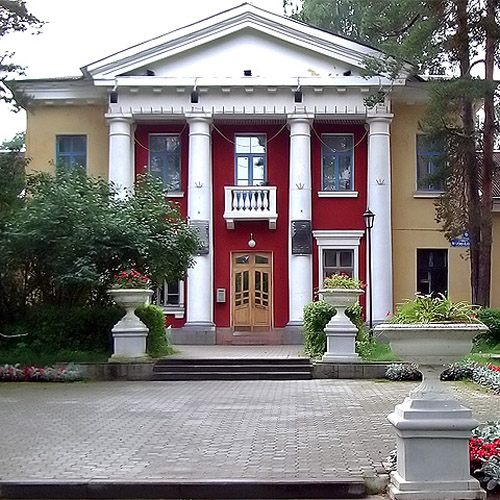Dubn
105
Db
Grupa
5
Okres
7
Blok
d
Protony
Elektrony
Neutrony
105
105
157
Ogólne właściwości
Liczba atomowa
105
Masa atomowa
[268]
Liczba masowa
262
Kategoria
Metale przejściowe
Kolor
Nie dotyczy
Radioaktywny
Tak
Named after the Russian town of Dubna
Układ krystalograficzny
Nie dotyczy
Historia
Dubnium was reportedly first discovered in 1968 at the Joint Institute for Nuclear Research at Dubna.
Researchers there bombarded an americium-243 target with neon-22 ions.
In the same year, a team led by Albert Ghiorso working at the University of California, Berkeley conclusively synthesized the element by bombarding a californium-249 target with nitrogen-15 ions.
Researchers there bombarded an americium-243 target with neon-22 ions.
In the same year, a team led by Albert Ghiorso working at the University of California, Berkeley conclusively synthesized the element by bombarding a californium-249 target with nitrogen-15 ions.
Elektrony na poszczególnych powłokach
2, 8, 18, 32, 32, 11, 2
Konfiguracja elektronowa
[Rn] 5f14 6d3 7s2
The Berkeley team proposed the name hahnium for the element
Właściwości fizyczne
Stan skupienia
Ciało stałe
Gęstość
39 g/cm3
Temperatura topnienia
-
Temperatura wrzenia
-
Ciepło topnienia
Nie dotyczy kJ/mol
Ciepło parowania
Nie dotyczy kJ/mol
Ciepło właściwe
- J/g·K
Ilość w skorupie Ziemi
Nie dotyczy
Ilość we Wszechświecie
Nie dotyczy

Opis Obrazu: Wikimedia Commons (Hrustov)
The element is named after after the Russian town of Dubna, the location of the Joint Institute for Nuclear Research
Numer CAS
53850-35-4
Numer CID PubChem
Nie dotyczy
Właściwości atomowe
Promień atomowy
-
Promień walencyjny
149 pm
Elektroujemność
-
Energia jonizacji
-
Objętość molowa
-
Przewodność cieplna
0,58 W/cm·K
Stopnie utlenienia
5
Zastosowania
Dubnium is used for scientific research purposes only.
Dubnium is harmful due to its radioactivity
Izotopy
Stabilne izotopy
-Niestabilne izotopy
255Db, 256Db, 257Db, 258Db, 259Db, 260Db, 261Db, 262Db, 263Db, 264Db, 265Db, 266Db, 267Db, 268Db, 269Db, 270Db